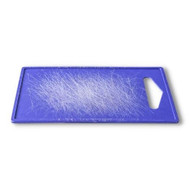The Dangers of Resurfacing Your HDPE Cutting Board
26th Apr 2022
In the food service industry, our equipment goes through a lot of wear and tear. One of the most frequently asked questions we get here at Cooler Gaskets is whether it is safe to resurface plastic or
… read more

